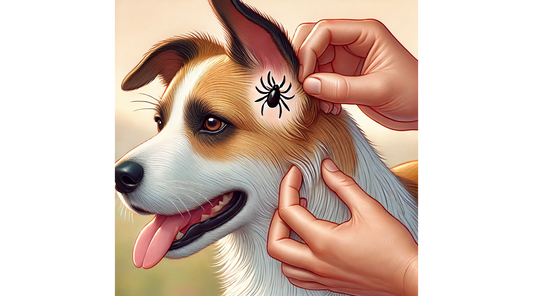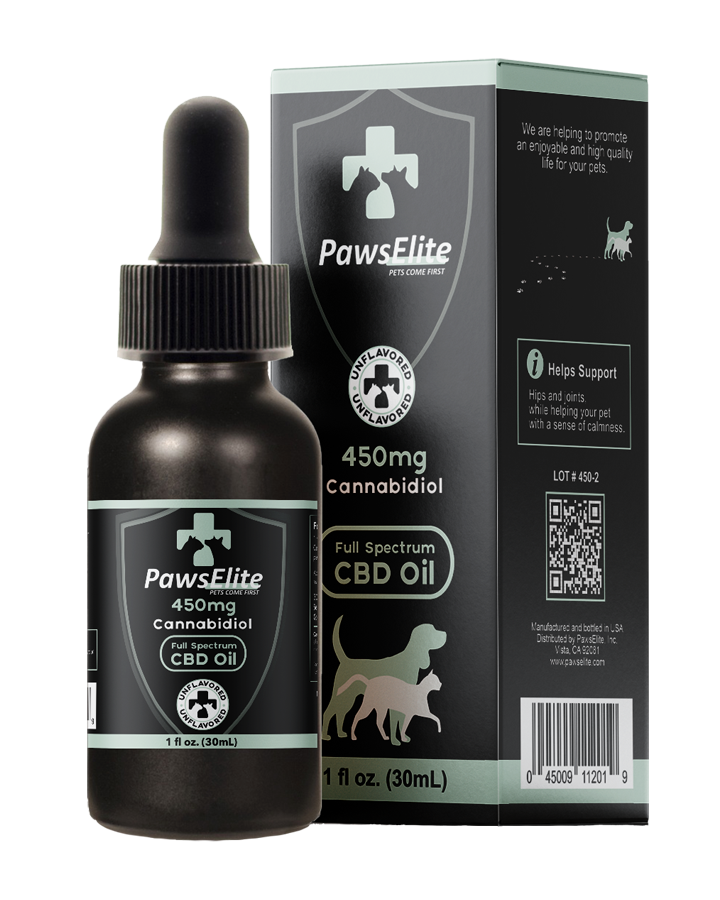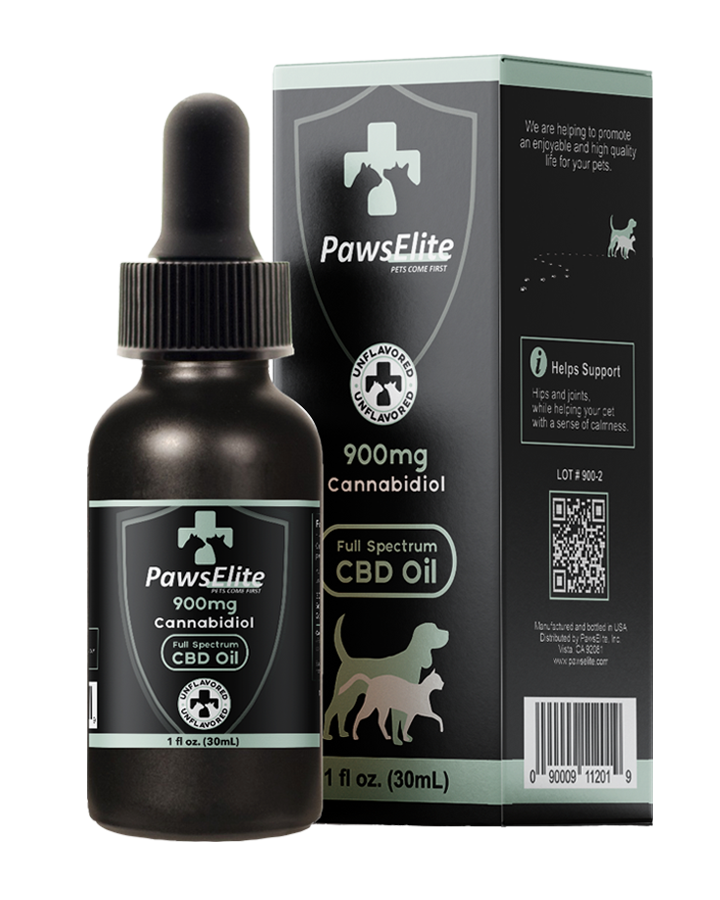
Blood Blister on Dog: Learn How To Treat a Blood Blister on Dog
Share
Hematomas which are also known as blood blisters are spot, or spots that are filled with blood. If you’ve noticed a blood blister on dog skin or coat then you may be wondering how to treat a blood blister on your dog.
In most cases blood blister on dog can be prevented and treated. In any case, it’s always mort important to seek veterinarian support when you can’t diagnose, or treat the blood blister on your dog.
What is a Blood Blister on Dog Look Like?
You’ll notice blood filled sports around your dog’s skin and this is typically known as blood blisters or hematomas. Dog blisters can be found all over your dog’s body, but the most widespread area is on your dog’s ears. This is happens when your dog’s ear flaps against their leader excessively.
If you’ve noticed your dog feeling irritated and excessively scratching the blister than the dog blister on dog can become much worse or even infected.
Potential Causes of Blood Blister on Dogs?
In general, Blood blisters are produced by irritation and unnecessary scratching; however, they can be aching and frustrating to your dog.
Here are more symptoms of dog blisters on dogs.
- Swelling and Redness in the area
- Deformation Near Blister
- Irritated to Touch or Pressure
- Discoloration of Surrounding Area
If your dog is frequently scratching the area where the dog blisters are in then this will cause more damage. When a blood blister on a dog gets damaged it can rupture causing more pain and even an infection.chri
How to Prevent Dog Blood Blisters?
It’s extremely difficult to avoid blood blisters on dogs. It’s almost natural for dogs to frequently scratch and shake their heads. In return the excessive scratching can cause an increase in blood blisters. If you’re noticing this is becoming a new trend with your dog then it’s important to seek veterinary care to find out the underlying cause of the blood blister on dog.
Since you can’t entirely prevent blood blisters on dogs you’ll want to make sure you’re paying attention to their behavior. If you’ve recently realized that your dog is experiencing an ear infection or skin infection then you’ll want to make sure you’re treating that before it turns into a blood blister, or worse.
In most cases, our clients have noted that using CBD Oil has helped since it is a powerful anti-inflammatory. It helps sooth the itching and swelling your dog may be experiencing.
You can also help prevent blood blisters on dog by making sure they’re staying away from dog fights and physical bodily harm.
How To Treat a Blood Blister on Dog
It’s important that you note that you should never attempt to drain or burst a blood blister on your dog. This will only create more harm because you can potentially introduce new bacteria to the infected area. One way to help treat dog blood blisters is the use of an Elizabethan collar. This will help by allowing the infected area of dog blister to be untouched. This is the most common approach that veterinarians take when helping to treat blood blisters on dog’s.
In some cases, our clients have noted that using CBD Oil has helped since it is a powerful anti-inflammatory. It helps sooth the itching and swelling your dog may be experiencing.
When To Pursue Veterinary Care?
In the majority of time dog blood blisters can heal by themselves. It may take longer than usual, but it is something that disappears on its own. If you’ve noticed that the dog blisters are more persistent and not going away then you may want to check in with your vet to confirm everything is okay.
Your vet may be able to help treat the cause of your dog’s blisters, but they can potentially offer other options for treatment such as:
- Depending on the location and size of the blood blister, your veterinarian may drain the hematoma of blood; however, draining sometimes isn't a perfect solution, as the area can refill with blood.
- To prevent blood from accumulating, it may be necessary to temporarily drain at the blister site.
- Surgery under anesthesia may be the next option, especially with internal hematomas near the skin. With surgery, the blood is drained, the clot is removed, and the area is sutured so that blood cannot re-enter the room.
- In cases of hematomas on the ears, the ears may be bandaged to prevent further slapping against the head, and your dog may have to wear an Elizabethan collar to prevent further damage.









